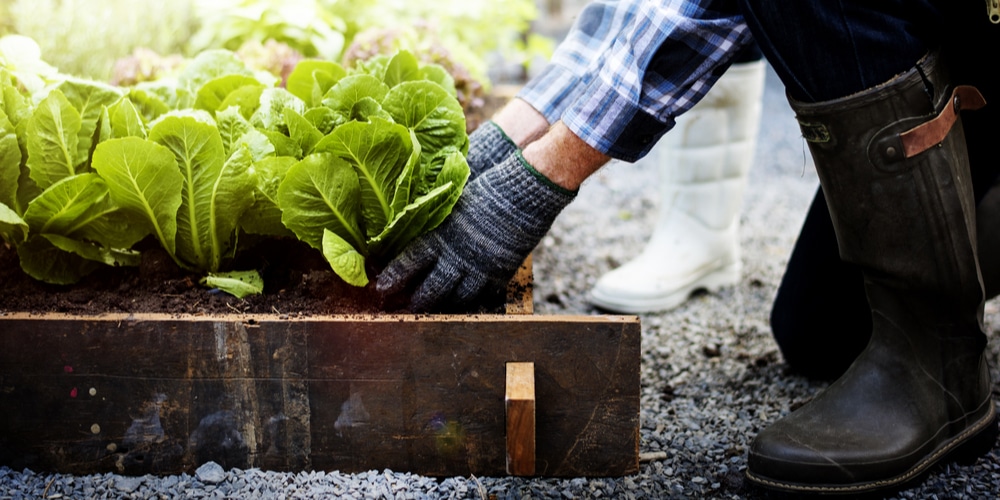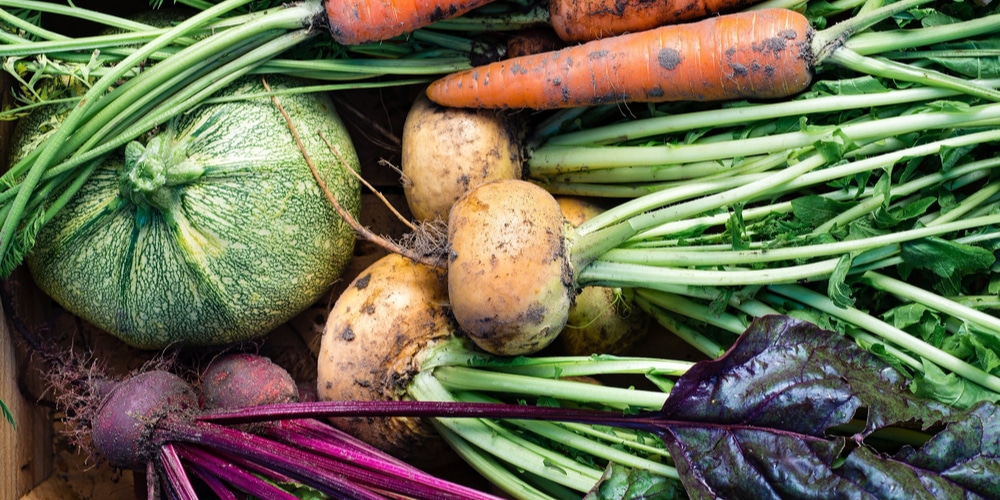Growing plants and having a healthy yard involves adjusting your choices according to your hardiness zone. Indeed, planting species that perform well in your region is the first step in maintaining a healthy garden.

If you don’t know that already, a hardiness zone is an area with a defined range of annual minimum and maximum temperatures, which are crucial factors in the survival of plants.
So, to make the most out of your garden, you must learn your hardiness zone. After all, there are so many options that selecting plants for your garden can be overwhelming.
Restricting the choices for your yard can help you make informed choices and pick species that do well in your area.
If you wonder: “What plant zone is Eugene, Oregon?” look no further! Here, you’ll find everything you must know about growing a garden in this region!
USDA Hardiness Zone in Eugene, Oregon

Most of Oregon has a temperate climate: its summers are warm while winters are mild and wet. The same applies to the Eugene area. But let’s go straight to an answer to the question: for those who don’t know, Eugene, Oregon, falls in USDA hardiness zone 8b.
The area falls under one of the warmest climates in the United States. Zone 8b tends to have warm summers and mild winters. The growing season in this area is long: the lowest annual temperatures fall between 10 and 20 F.
Eugene falls under the same zone as parts of North Carolina, Georgia, Florida, Louisiana, Texas, California, Arizona, and even some Hawaiian regions.
What Plants Do Well in Eugene, Oregon?
Because Eugene falls under zone 8b, you must choose plants that thrive in this area. If you need some inspiration, this section is for you! Here, we include some examples of plants you should add to your garden if you live in Eugene, Oregon.
The area is particularly welcoming to herbs: you can successfully grow plants like lavender, rosemary, and sage in zone 8b. These plants love the sunshine and perform best at higher temperatures.
With the proper conditions and care, you’ll most likely be able to enjoy these plants’ pleasant scents, attractive colors, and lush foliage. Plus, you’ll have the added benefit of using them in the kitchen to enhance the taste of your meals.
If you prefer adding flowering plants, you can consider planting dahlias, daylilies, hibiscus, and geraniums. Of course, these are only some options: many plants thrive in zone 8 and zone 8b.
Under the optimal conditions, these plants will add plenty of color to your yard. Plus, they will make your garden more lively by attracting beneficial pollinators such as bees, butterflies, and even hummingbirds.
But don’t forget that the USDA hardiness zone is only part of growing thriving plants. You must also check for each species’ requirements and ensure you recreate the ideal conditions for their growth and survival.
Of course, you can also grow fruits and vegetables. Zone 8b is ideal for plants like grapes, watermelon, blueberries, and blackberries.
If you want to add a fruit tree, consider planting figs, pears, plums, peaches, apricots, or cherries. Citrus fruits also do exceptionally well in this region. Thanks to the long growing season, the area is ideal for growing most vegetables.
You can even plant cool-season veggies such as arugula, broccoli, or radishes in the fall to make the most out of your garden and increase yields.
If you prefer growing trees, don’t despair. You can successfully plant trees like myrtle, cypress, and southern magnolia in Eugene.
As you can see, your USDA hardiness zone opens up plenty of opportunities. But why should you care about your plant zone? You’ll find some information in the following section.
Why Should You Pay Attention to Your USDA Hardiness Zone?
According to the USDA plant hardiness zone map, 13 growing zones are present in the United States. Each area represents a 10-degree range depending on the area’s average annual minimum temperatures.
Some systems go beyond average temperatures and include latitude, elevation, the influence of the ocean, the terrains, and continental air. For some, the USDA hardiness zone map simplifies the complexity of plants’ requirements.
Still, it is an efficient system to select plants and ensure they thrive in your climate.
After all, choosing not-hardy plants in your region might result in frustration. None likes spending time, effort, and money to grow plants that won’t thrive!
